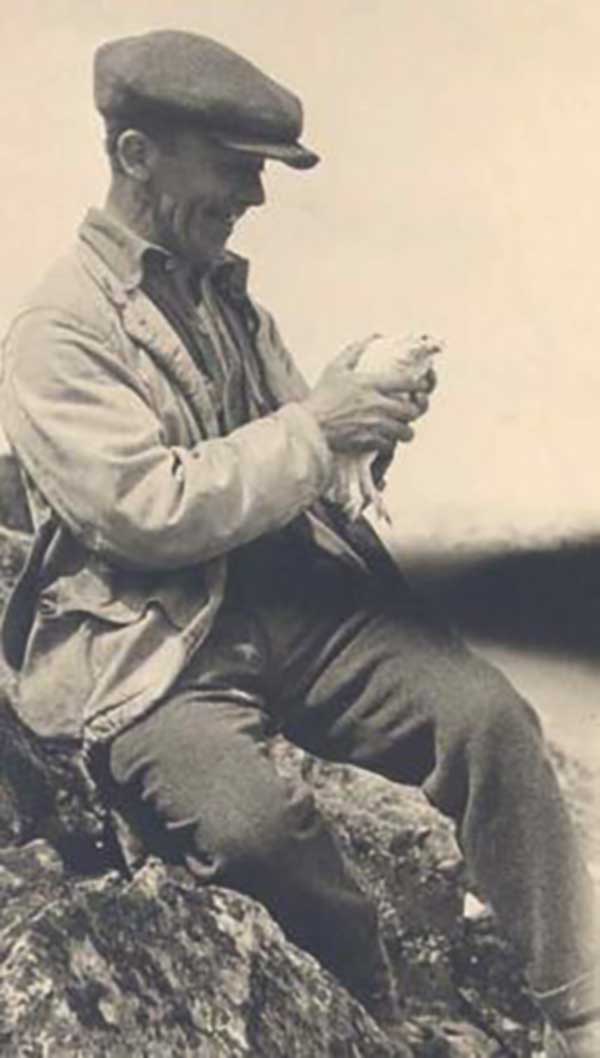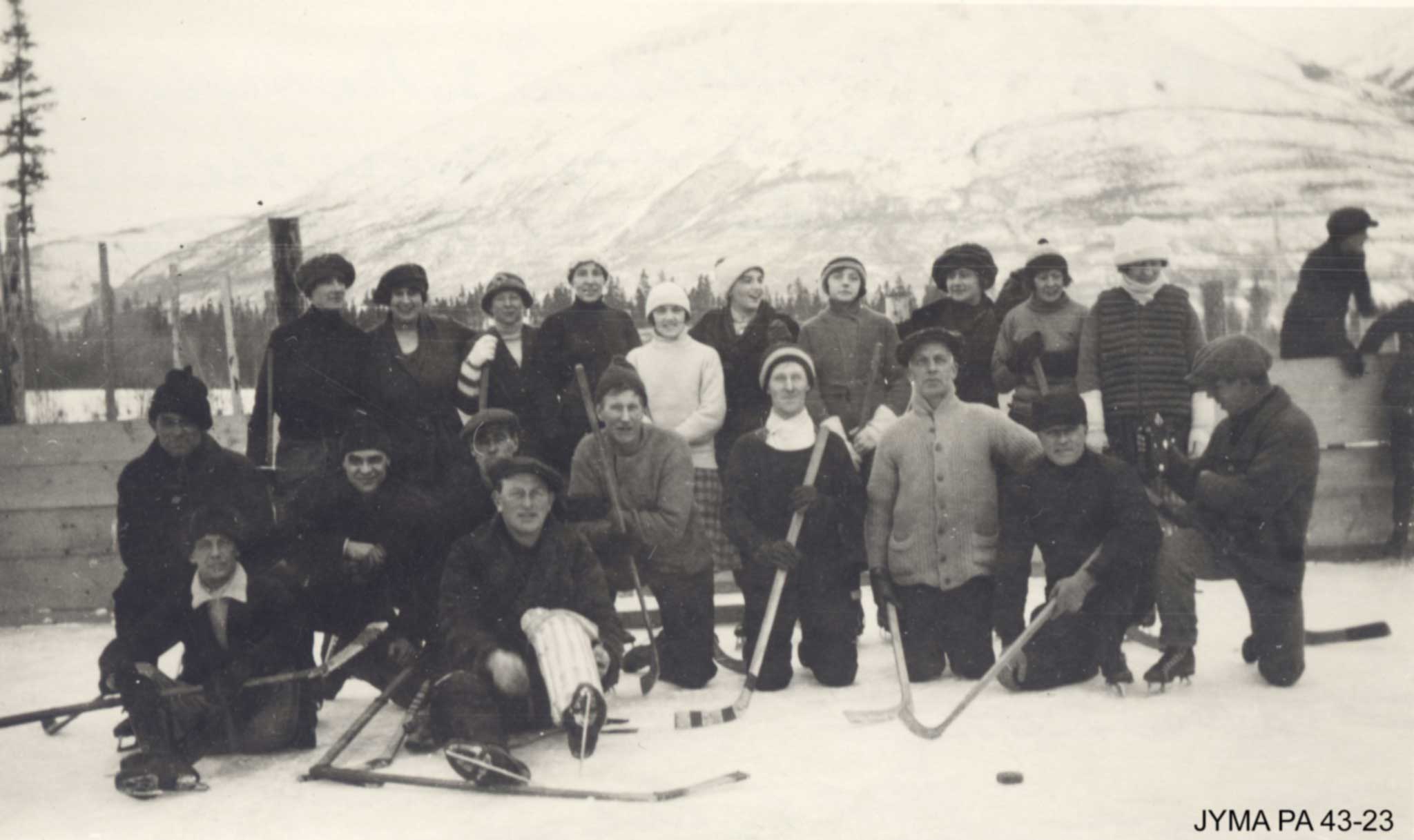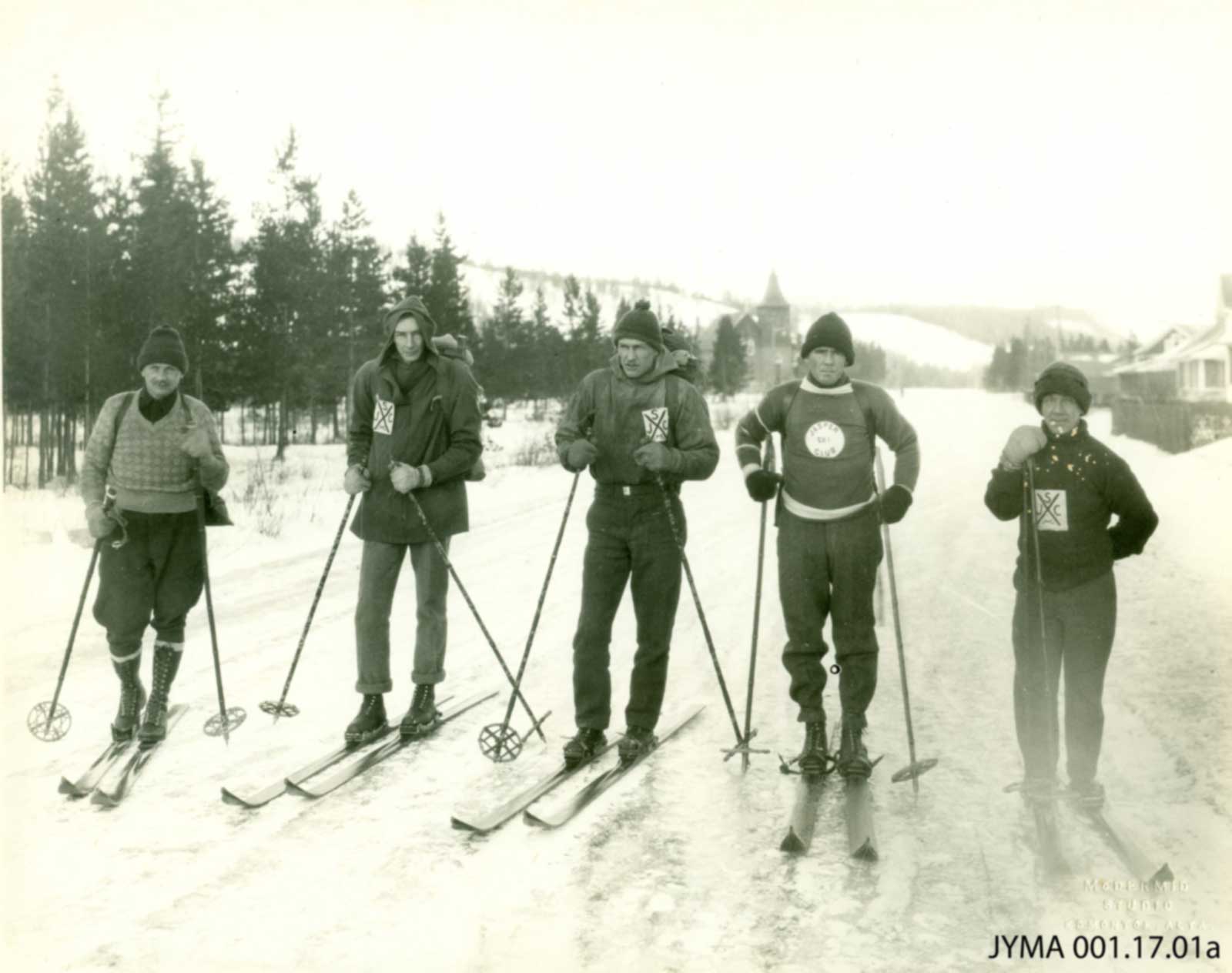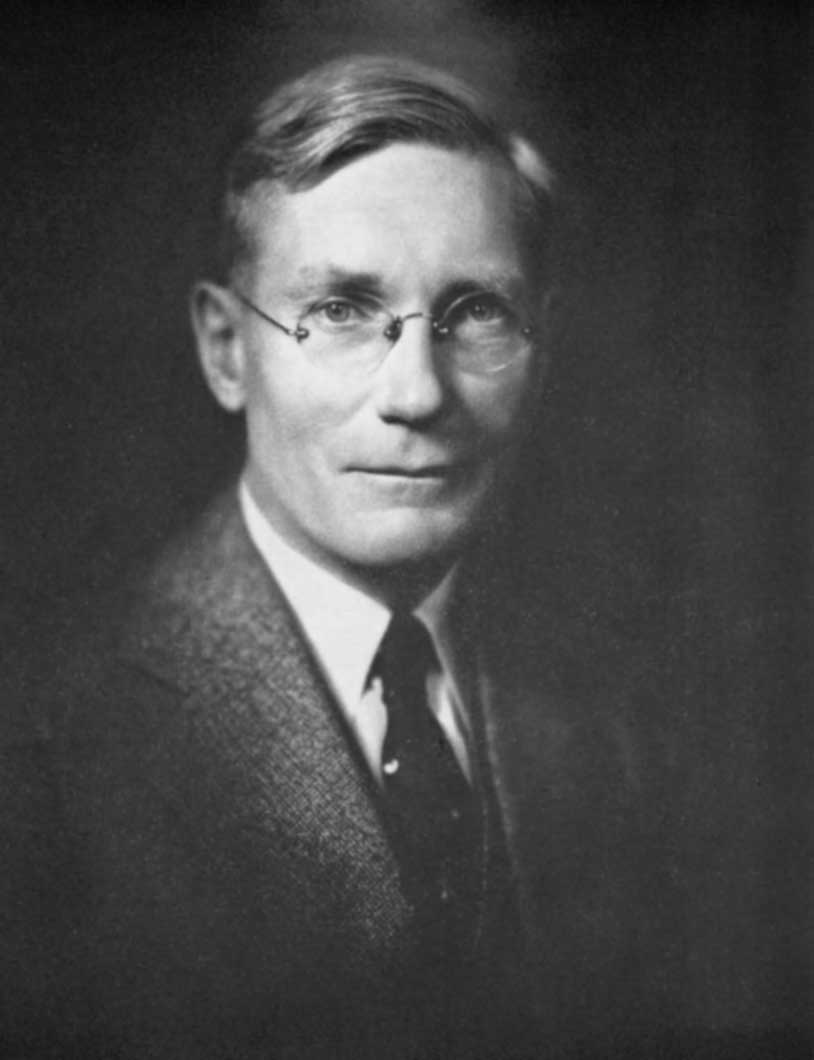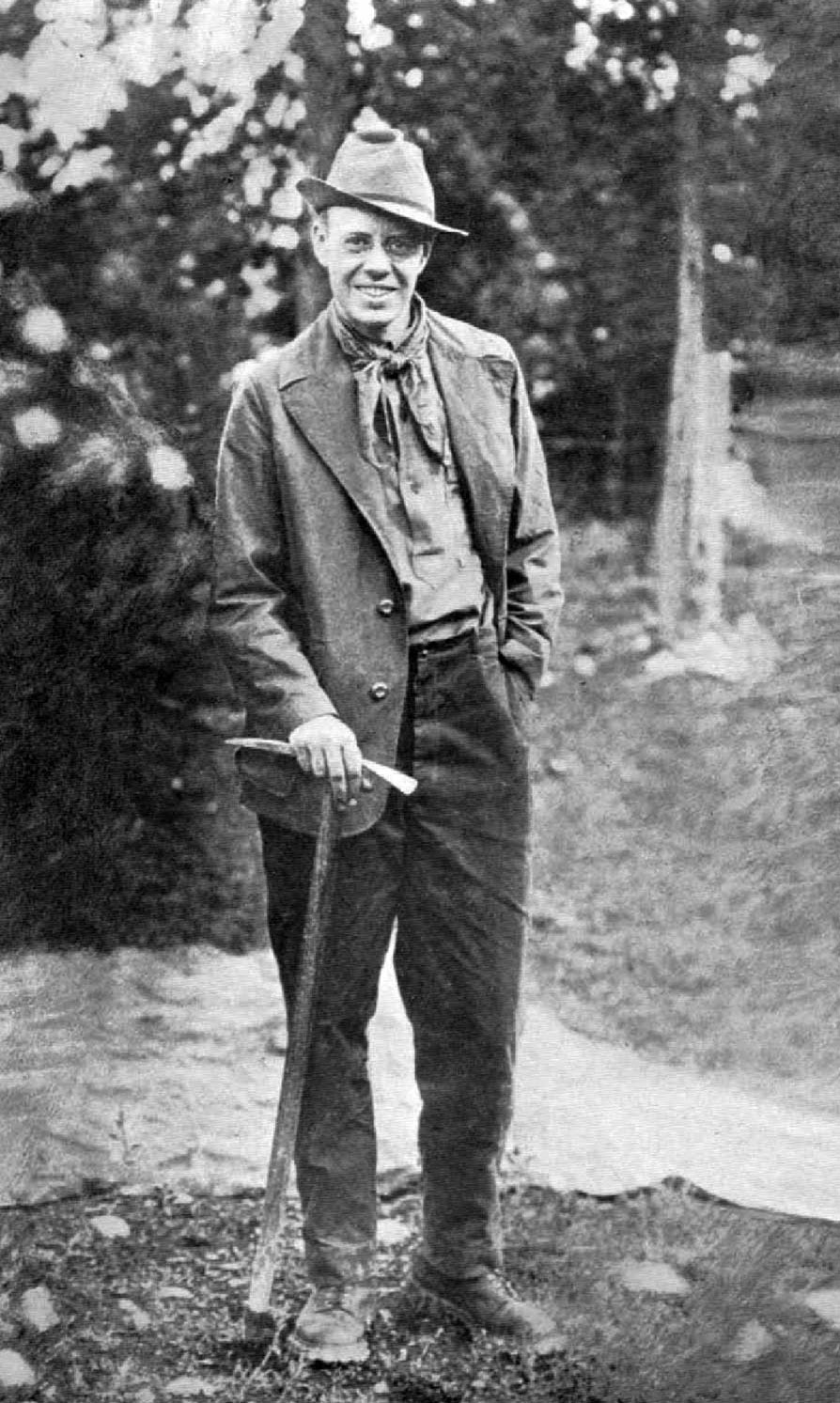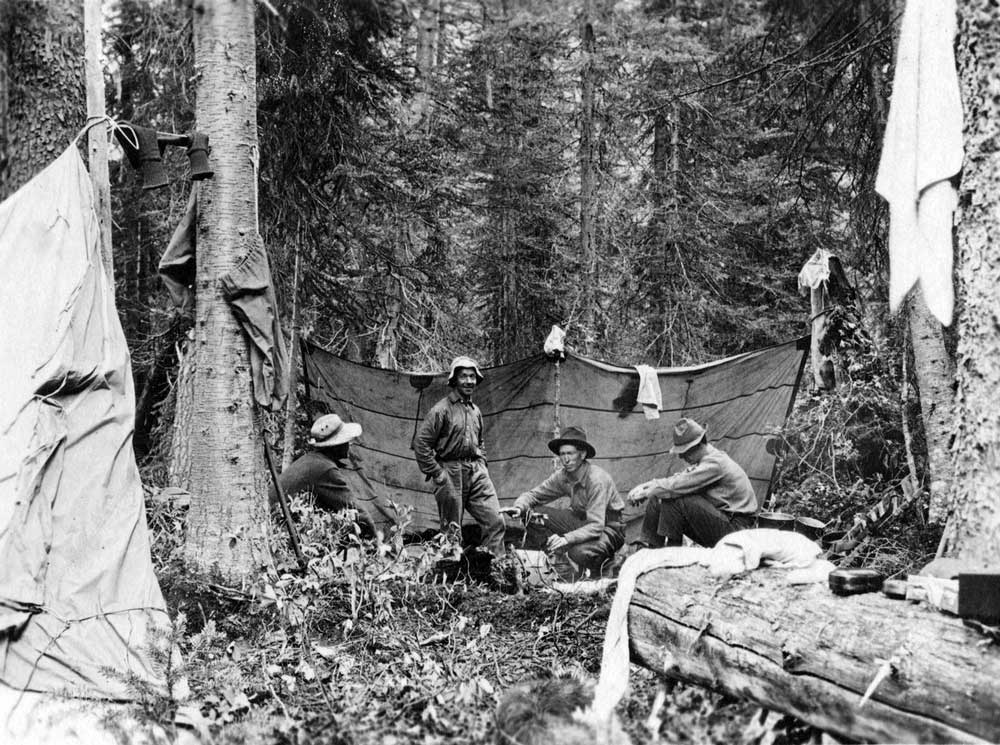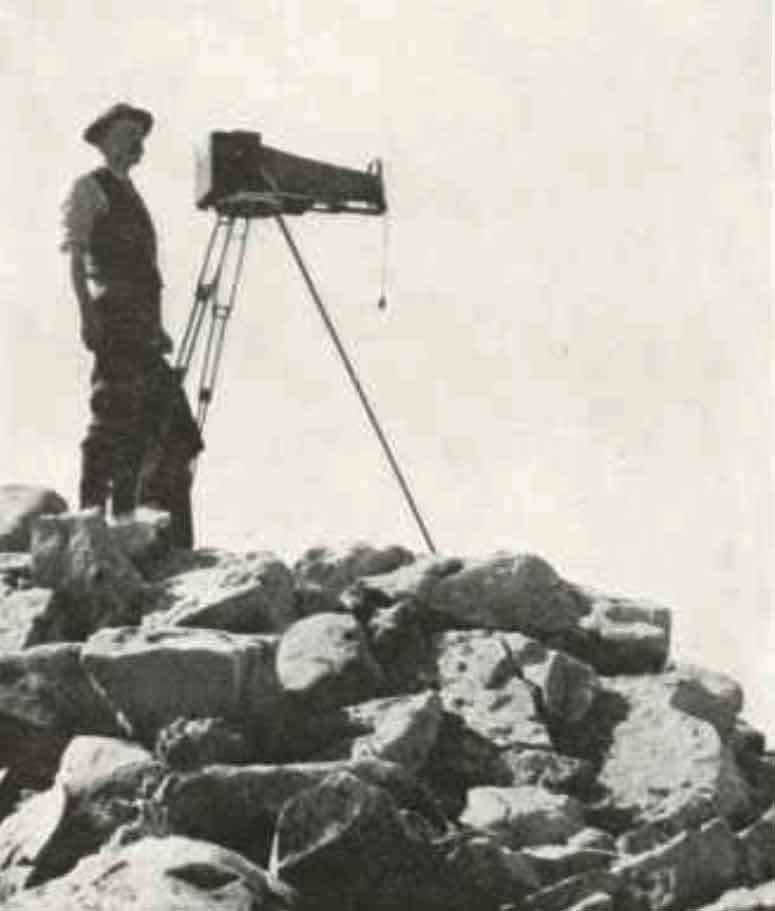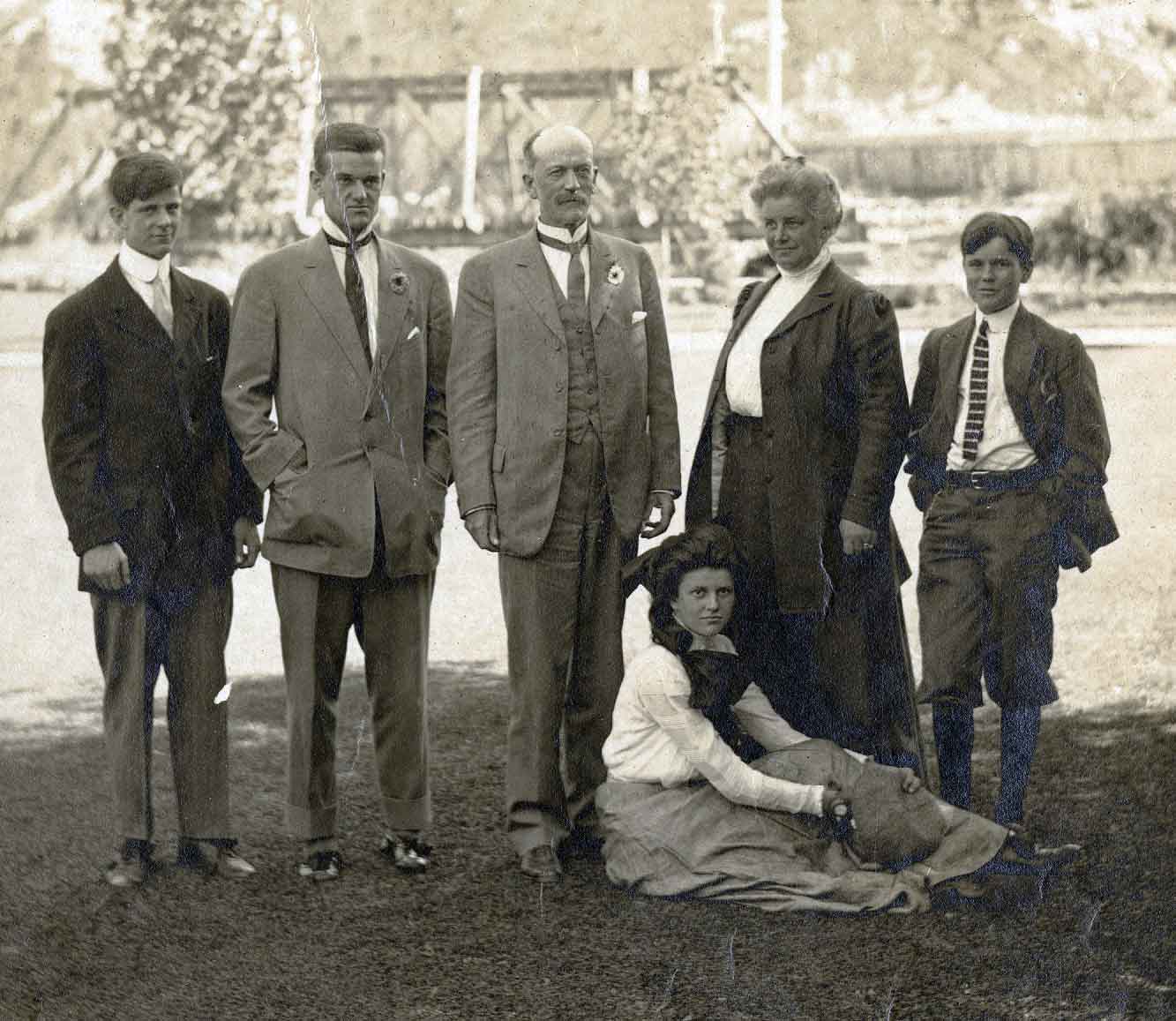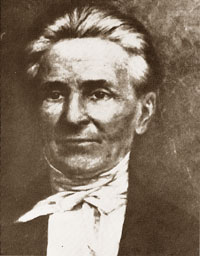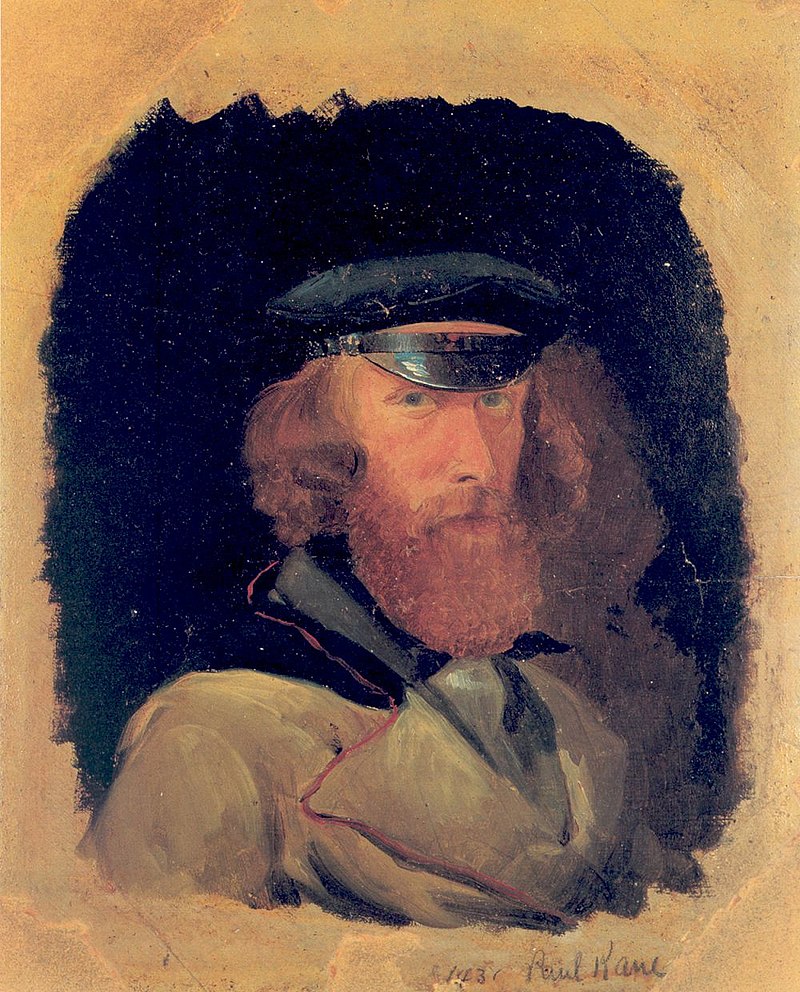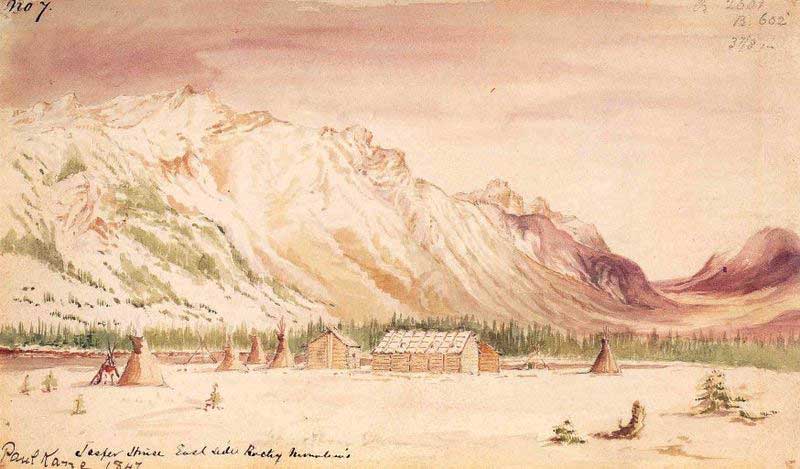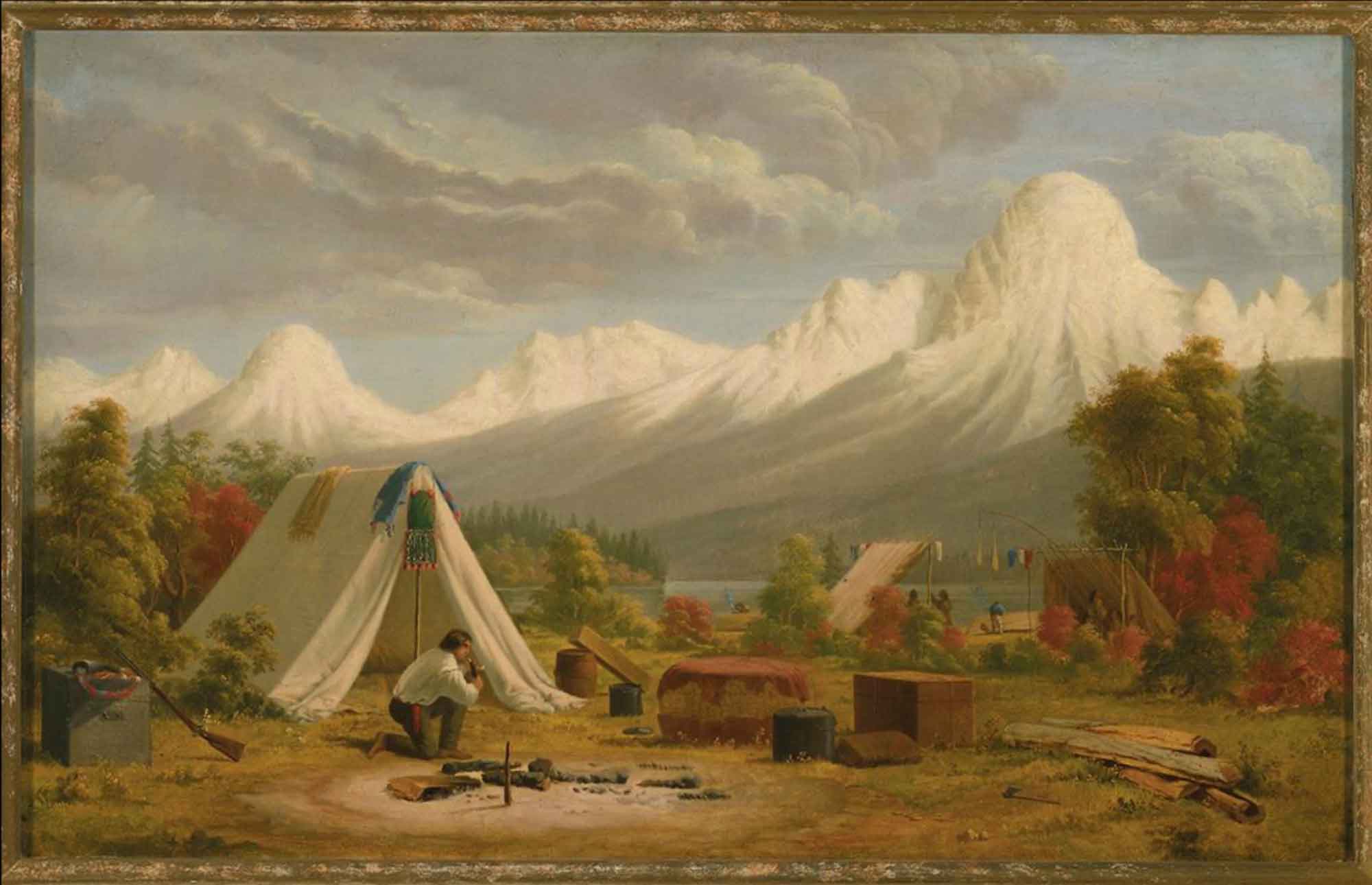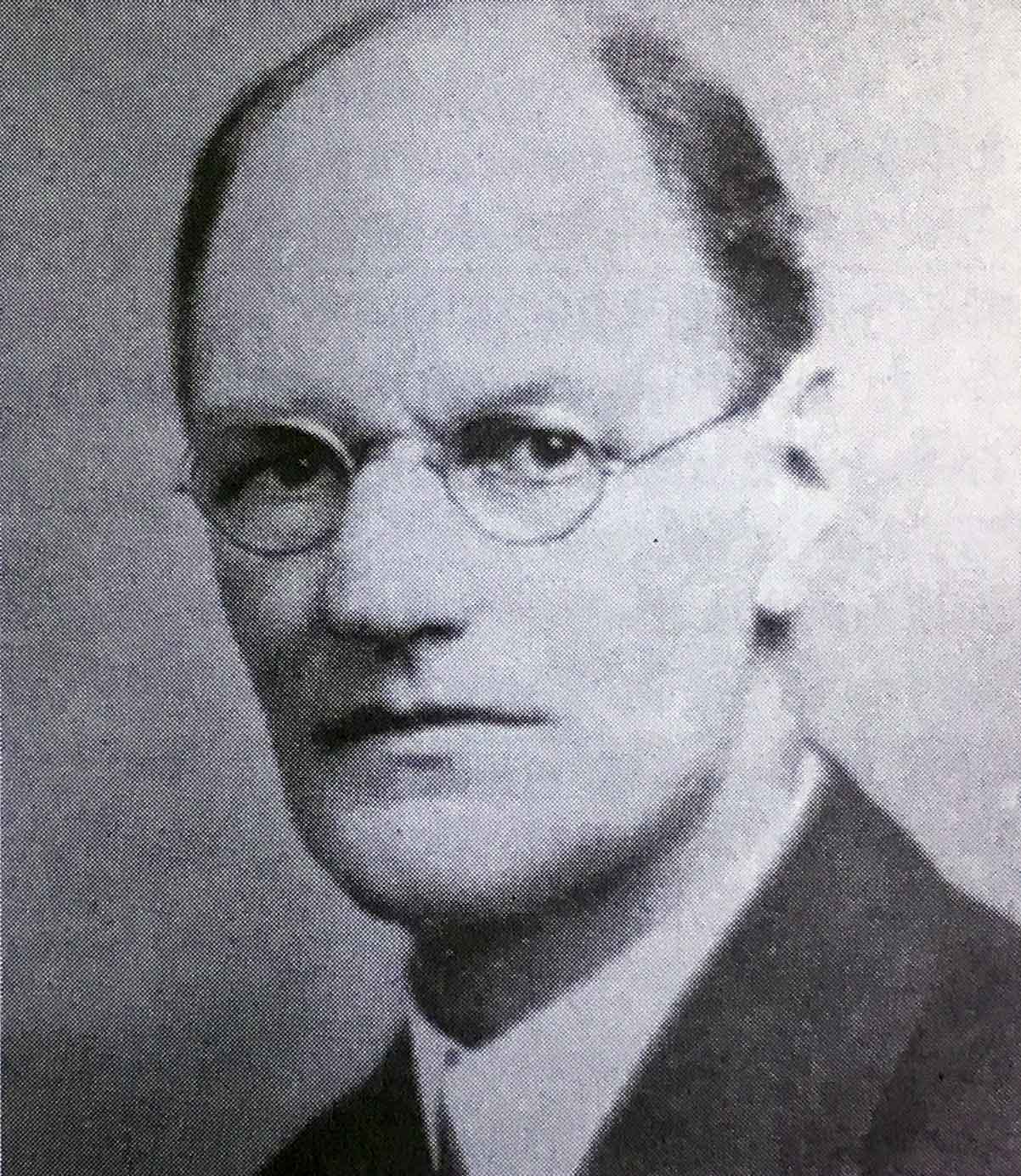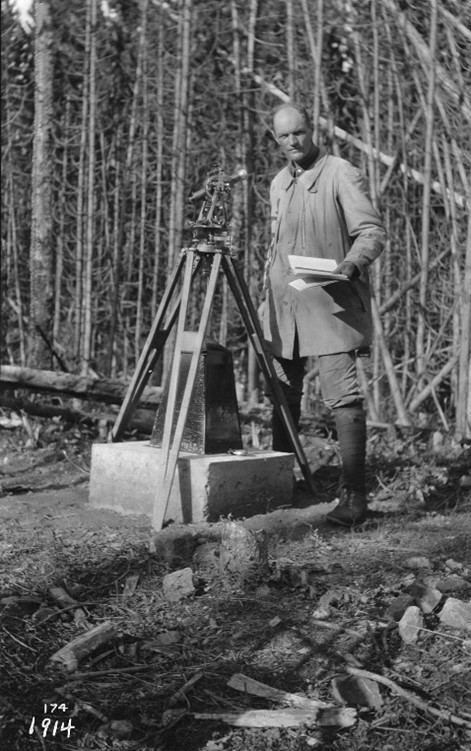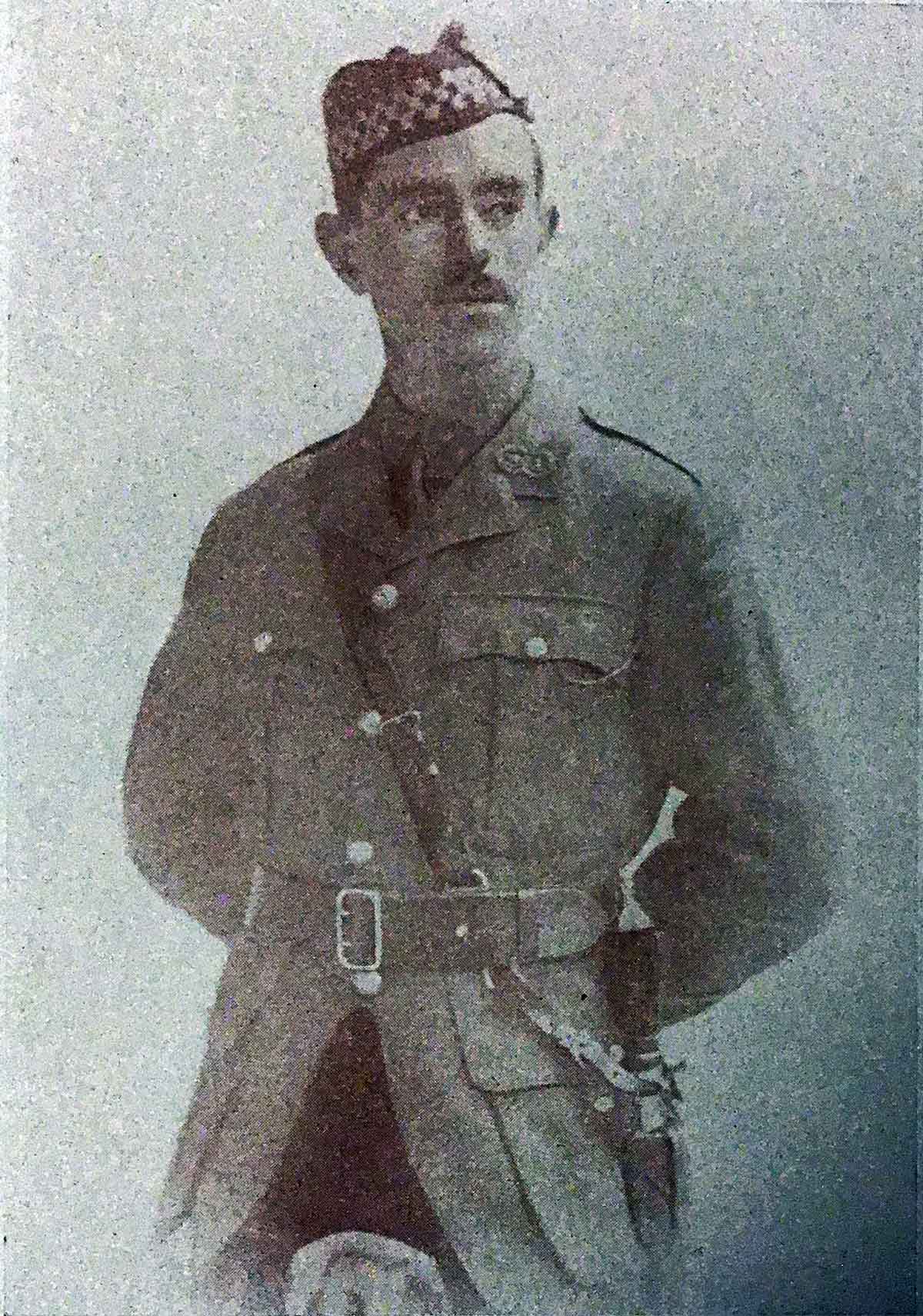
Hugh Drummond Allan, ca. 1914 BC Archives
Hugh Drummond Allan, B.C.L.S.
b. 1887 — Partick, Lanarkshire, Scotland
d. 17 April 1917 — Croiselles, France
Allan was shortly predeceased by his wife and infant child, whether before or after his enlistment after the start of the first World War in 1914. He returned to Scotland and enlisted in Princess Louise’s (Argyll and Sutherland Highlanders). In March 1916, Allen, then second lieutenant, made a will in which he bequeathed all his fortune to “Mrs. Kelly,” the mother of his late wife, Gladys Irene Frederika Allan. “[A]nd I declare that I leave nothing to my own relatives not from any want of affection but because they are much better provided for than my late wife’s relatives and I have not a great deal to leave.”
Sometime in 1916 he was wounded, and in 1917 he was killed leading his company at Croiselles, France.
His estate was probated in 1917, coming to a value of $5540. In March 1918 his executor discovered that “there was due to the said deceased from the Imperial Pensions Department the sum of $532.96.”
The National Archives of the U.K. has officer service records pertaining to Lieutenant Hugh Drummond Allan of Princess Louise’s (Argyll and Sutherland Highlanders).
There is another Canadian figure of Scottish birth named Hugh Allan [1810–1882], a shipping magnate.
- — “Canoe River Valley.” Report of the Minister of Lands for the Province of British Columbia for the year ending 31st December 1913, (1914)
- — Officer Service Records. Princess Louise’s (Argyll and Sutherland Highlanders). 1917. National Archives of the U.K.
- — Medal Card. Argyll and Sutherland Highlanders. 1917. National Archives of the U.K. [accessed 2/1/2025]
- — Probate record from Kamloops Supreme Court, 1918. 1918. BC Archives
- Allan, Hugh Drummond, B.C.L.S. [1887–1917]. Officer Service Records. Princess Louise’s (Argyll and Sutherland Highlanders). 1917. National Archives of the U.K.
- Allan, Hugh Drummond, B.C.L.S. [1887–1917]. Probate record from Kamloops Supreme Court, 1918. 1918, Reference code GR-1562.21. BC Archives
- Association of British Columbia Land Surveyors. Annual Report (1956).
